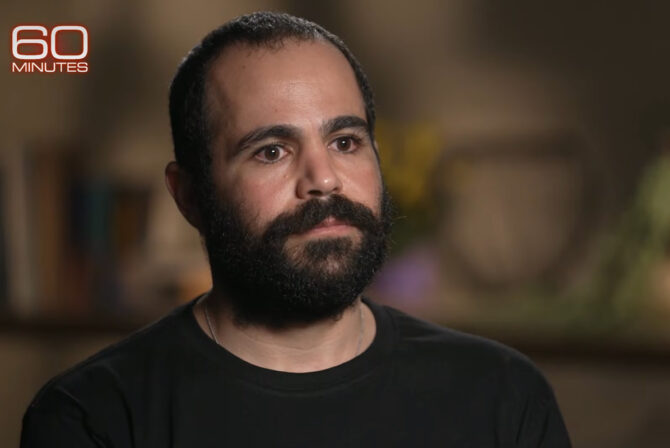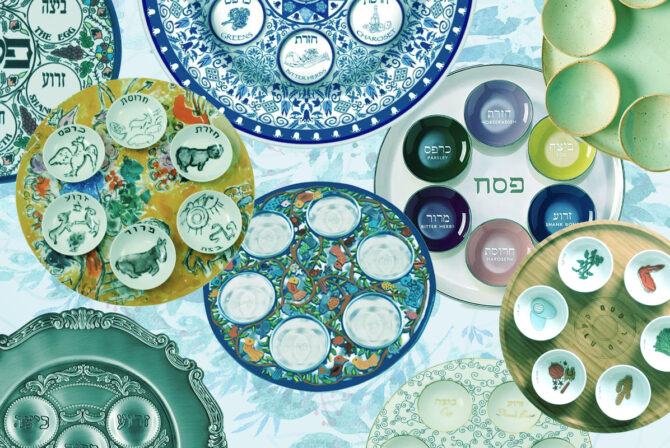The Challenge: Children with developmental disabilities are too often overlooked when it comes to organized sports.
The Solution: San Diego Chill.
The Teen Who’s Making A Brighter Future: Isaiah Granet from San Diego, CA
Isaiah Granet started playing ice hockey at age 4, and he’s sure it’s given him the confidence and collaborative spirit that fuels him today. While doing research for his bar mitzvah, Isaiah noticed that there weren’t as many athletic opportunities for children with developmental disabilities and was determined to change that.
Isaiah created the San Diego Chill with a clear vision.
All the mentoring sessions are free and the equipment is donated. Students are between 7 and 13 years old, dealing with developmental disabilities like autism and Down syndrome. Each student gets one-on-one mentoring to learn how to play ice hockey and engage in positive social interactions. And the teachers are Isaiah’s fellow teens!
San Diego Chill already has more than 30 players and 25 coaches. This past year, Isaiah was honored with the “CNN Heroes: Young Wonder Award,” presented by Anderson Cooper, and he just finished the third ever special needs hockey tournament with the Chill that was full of great victories. Isaiah was also recognized for his hard work with a Diller Teen Tikkun Olam award from the Helen Diller Family Foundation.
We caught up with Isaiah after the tournament to chat about the Chill.
How old were you when you started playing hockey and how did it happen?
I was about 4. I played until I was 7 and then I quit for a couple of years and then I started back up again when I was 11.
Now that you’re in 11th grade, what’s your favorite subject in school?
AP (Advanced Placement) U.S. History. I really just love learning about United States history. I’m really fascinated by international politics, business, and the class really just encompasses it all. I like the challenge of the class and the content—I really love going into class every day.
How did you start becoming interested in kids with developmental disabilities?
I’ve always wanted to help out kids. I love working with kids at any age and any ability level or skill level. When I was researching for my bar mitzvah project, I came across another special needs hockey league. And I saw that and I thought that’s something that I’d really enjoy doing especially because there are different levels of hockey that are needed—like special needs and wheelchair hockey. And with special needs hockey I can use more of my knowledge base. It really spoke to my drive to give back and my love of working with kids.
How exactly was the league connected to your bar mitzvah project?
For my bar mitzvah project I wanted to do something continual that would give back to the community. I did a lot of research that was hockey-oriented. One day I Googled “hockey charities” and there was one nearby in Pasadena that was a special needs hockey league. And as soon as I clicked on it I knew that was what I wanted to do.
Did you have to get trained to work with kids in physically challenging ways?
No, I did not have a specific training. This has all been a learning experience. For each kid it’s been an individual process. There’s no set method that we can use for the players to get to a certain skill level. It’s all just being able to adapt and respond to each player, which involves a lot of communication between you and the parents and the player—being able to judge what’s the appropriate solution here, what’s the appropriate drill. To ask—what can I do to maximize the player’s time?
What’s the hardest part about running San Diego Chill?
The hardest part is probably the funding. We pay the most for our ice time—it’s $200 for a half hour. The rink has been really generous with us. We also have the costs of equipment. It costs about $300 to equip a player. We don’t charge any of the players a single cent. We’re all donation funded. We’re a non-profit. Nobody gets paid. None of the coaches are paid. So, it’s really a challenge to be able to purchase gear for all of our new players and to be able to pay for our ice time. Some years it costs between $14,000 and $16,000. Especially if we have something like a tournament. So, we’re always looking for new grants or donations to be able to properly fund our program. It really is just a struggle.
The most rewarding part?
The most rewarding part, as any coach will tell you, is when you see a child’s face light up after they get on the ice and they shoot and score a goal. It is amazing. Like this weekend, we had a player who didn’t score a goal all game. So, at the end, we set him up in front of the net. We gave the puck right to him. And he hit it right into the goal and as soon as the puck crossed the line his face just lit up with the hugest grin. It just warmed my heart. And that’s why all the coaches do it—to make a real difference in people’s lives.
Anything else you’d like to say about San Diego Chill or your Tikkun Olam award?
I would like to say that getting the Diller Teen award was an amazing experience that I will never forget. Their generosity and their foundation has made a big difference in the lives of the players in the San Diego Chill. And their generosity will allow us to continue to do what we do and I am forever grateful for that. And if anyone wants to get involved with the San Diego Chill they should go our website—SanDiegoChill.org—and send us a message.
This post is sponsored by the Helen Diller Family Foundation. To learn more about the foundation’s $36,000 Diller Teen Tikkun Olam Awards, visit www.dillerteenawards.or.
Read More:
4 Things You Should Do When Your Friend Loses a Spouse
Sheryl Sandberg Admits She Got It Wrong with ‘Lean In’
My Jewishness Is Not Defined by My Faith in God, But This Instead







